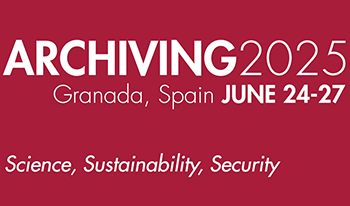

The National Museum of African American History and Culture’s Freedmen’s Bureau Project is a comprehensive initiative that has provided digital access to the Freedmen’s Bureau records. Previously, this important collection could only be accessed in person through the National Archives and Records Administration, with no way to search for specific people or topics. Smithsonian staff have worked with the public to index and transcribe the records to provide free full-text access to these invaluable records. To date over 600,000 pages of Freedmen’s Bureau records have been collaboratively transcribed by more than 60,000 individual volunteers. This data has been made available to the public for research in the Freedmen’s Bureau Search Portal. This groundbreaking search application is the result of more than a decade of data creation, processing, and cleaning; transcription; community engagement; and historical and genealogical research. The work of Smithsonian staff is ongoing and emerging technologies present exciting opportunities to expand access and continue to enable meaningful discoveries.

Size reduction of a point cloud or triangulated mesh is an intrinsic part of a three-dimensional (3D) documentation process, reducing the data volume and filtering out erroneous and redundant data obtained during acquisition. Additional reduction has an effect on the geometric accuracy of 3D data compared to the tangible object, and for 3D objects utilized in various cultural heritage applications, the small geometric properties of an object are equally as important as the large ones. In this paper, we investigate several simplification algorithms and various geometric features’ relevance to geometric accuracy during the reduction of a 3D object’s data size, and whether any of these features have a particular relation to the results of an algorithmic approach. Different simplification algorithms have been applied to several primitive geometric shapes at several reduction stages, and measured values for geometric features and accuracy have been tracked across every stage. We then compute and analyze the correlation between these values to see the effect each algorithm has on different geometries, and whether some of them are better suited for a simplification process based on the geometric features of a 3D object.
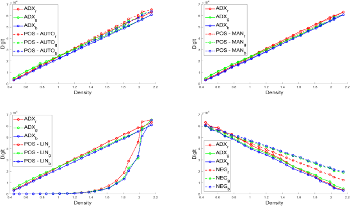
Since the advent of the Digital Intermediate (DI) and the Cineon system, motion picture film preservation and restoration practices overcame an enormous change derived from the possibility of digitizing and digitally restoring film materials. Today, film materials are scanned using mostly commercial film scanners, which process the frames into the Academy Color Encoding Specification (ACES) and present proprietary LUTs of negative-to-positive conversions, image enhancement, and color correction. The processing operated by scanner systems is not always openly available. The various digitization hardware and software can lead to different approaches and workflows in motion picture film preservation and restoration, resulting in inconsistency among archives and laboratories. This work presents an overview of the main approaches and systems used to digitize and encode motion picture film frames to explain these systems’ potentials and limits.
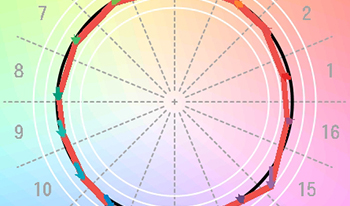
Professional digitization of cultural heritage items in the Polish State Archives can be divided into two major branches: digital imaging of transparencies and reflectives. While the latter has been meticulously standardized in accordance with ISO 19264 and domestic guidelines, the case is much different for the former. This paper is aimed at addressing the issue of color in mass digitization projects.
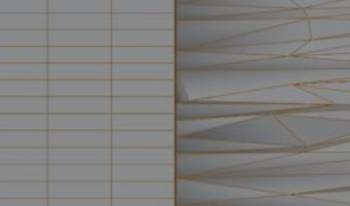
Simplification of 3D meshes is a fundamental part of most 3D workflows, where the amount of data is reduced to be more manageable for a user. The unprocessed data includes a lot of redundancies and small errors that occur during a 3D acquisition process which can often safely be removed without jeopardizing is function. Several algorithmic approaches are being used across applications of 3D data, which bring with them their own benefits and drawbacks. There is for the moment no standardized algorithm for cultural heritage. This investigation will make a statistical evaluation of how geometric primitive shapes behave during different simplification approaches and evaluate what information might be lost in a HBIM (Heritage-Building-Information-Modeling) or change-monitoring process of cultural heritage if each of these are applied to more complex manifolds.

The Digital Archives went in 2019 from being The National Archives of Norway’s own digital platform to become Norway’s joint national digital platform for receiving, preserving, and publishing digitized/media-converted historical archives. Regardless if you represent state, municipal, or private actors, small or large, the platform is free of charge and use for the Norwegian archive institutions. The digital platform was first published in 1998, marking 25 years in 2023.
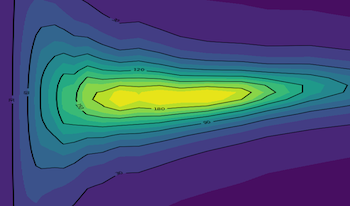
Image sharpness is strongly dependent on lens aperture and camera position at capture. As high-end equipment is out of the reach of many museums, these choices are often mostly based on visual evaluations of image sharpness, which—though still possibly resulting in good quality images—is highly subjective and can lead to inconsistency. In the context of a broader effort to provide low-cost solutions for consistent high-quality museum photography, we propose a methodology for the characterization of the performance of a lens in terms of sharpness that enables the selection of the appropriate lens aperture and camera position for the capture of a sharp image of an object without the need for expensive equipment.
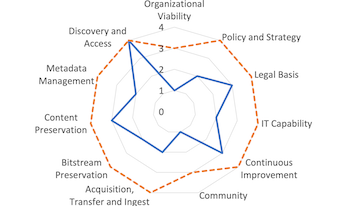
Digitization is a key process in preserving, protecting and providing continued long-term access to archive materials. The competencies required in digitization pose challenges to individuals and organizations engaging in digitization activities. We take a competency mapping approach to support digitization skills anticipation. Current and anticipated digitization competencies in public and private organizations in Finland were surveyed using a digital preservation competency framework. Results show that organizations see digitization requiring a wide set of competencies ranging from policies and legal issues to practical organization and technical delivery of digitization. There is anticipated need to optimize organizational and service capabilities in near future. The desired target state is quite advanced overall, regardless of current capabilities. The largest self-identified competency gaps exist in strategical and technical approaches to digital archiving and digital access to archives. Our results inform continued professional development and planning of future digitization efforts.

Microfiche was a common format used in microforms reproductions of documents, extensively used for archival storage before the move to digital formats. While contemporary documents are still available for digitization, others from older historical periods are no longer physically accessible for various reasons. In some cases, their microfiche copies are available, making microfiche digitization a must. However, a microfiche reader is not always available and, even then, it is a machine made for the purpose of reading and not for data collection. In this work, the performance two imaging devices are evaluated as alternatives to the traditional microfiche reader, by means of optical character recognition (OCR). Results show that this alternative surpasses the performance of a microfiche reader in terms of text legibility.